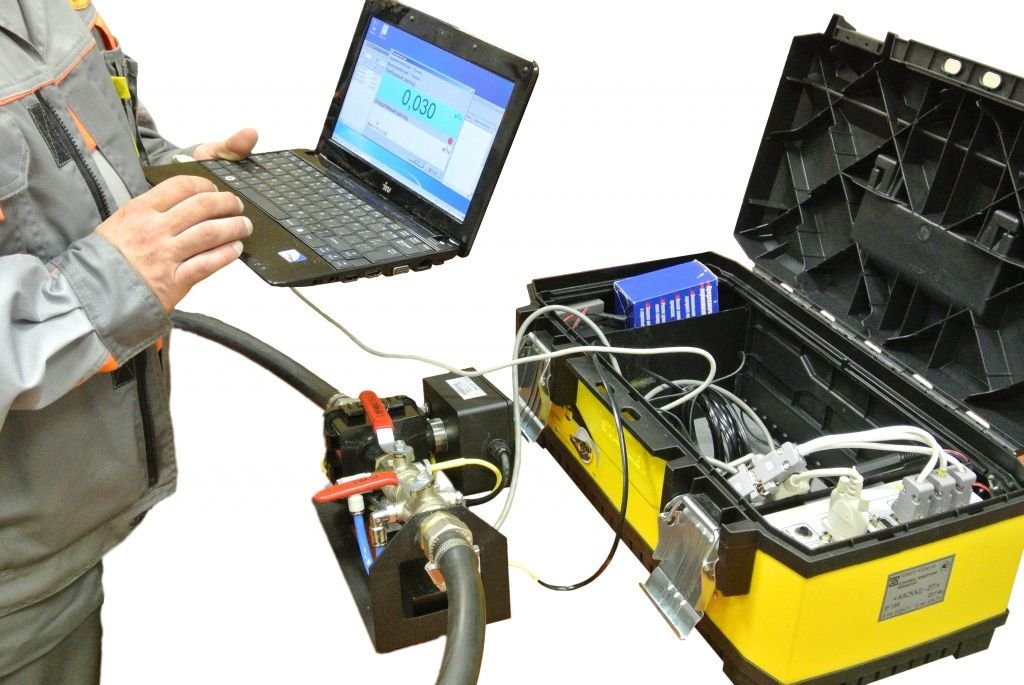Installing water meters: how to seal and verify water meters
Installation of water meters in apartments from July 2012 is mandatory. After installation, the meters must go through a commissioning procedure, which includes the installation of seals. From the moment of registration of water meters, the owner is obliged to pay only for the actual water consumption, without being able to distort and change the readings of the devices. Find out how you can seal the water meters and who should do it.
Is it possible to do without sealing the counter?
By law, the accuracy of metering devices used in apartments must be confirmed. Sealing is one of the ways of such confirmation.
If you are installing a water meter for the first time, then sealing is a mandatory part of its registration. Until it is completed, you will pay for water according to the general rate, and not according to individual indications, even if there is an installed water meter.
If you did not go through the sealing procedure or broke the seal during operation, the result will be the same. When the deadlines for the next inspection by the supervisory authorities come up, all the indications on the basis of which you were billed for water will be invalidated. The management company will recalculate, and you will have to pay for the entire past period at average rates, which in fact are very high.
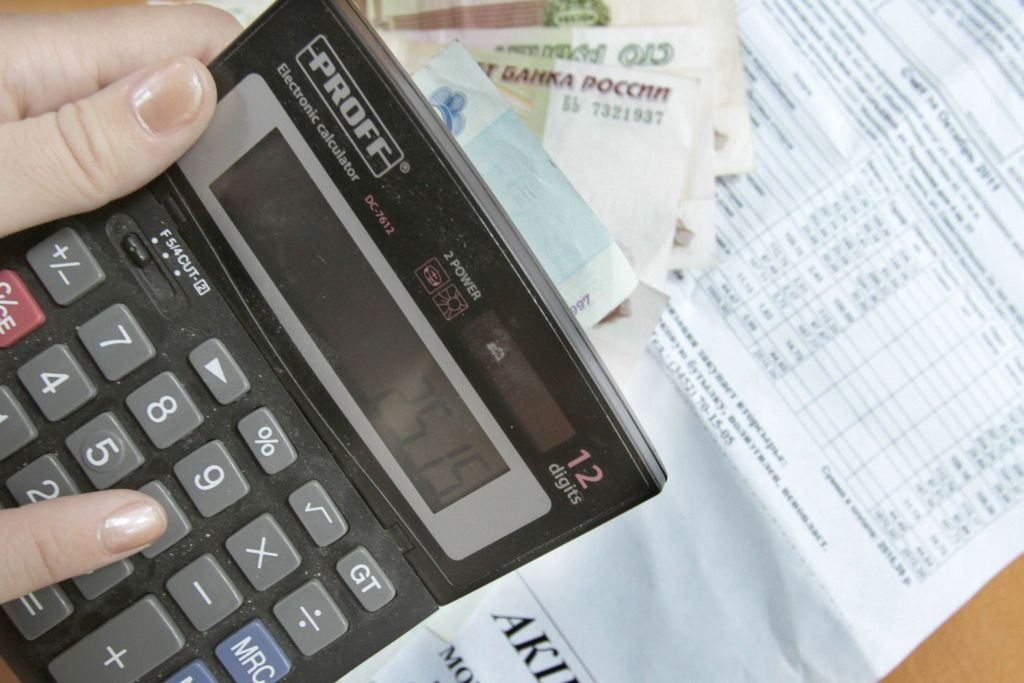
Important! Sealing is an integral part of the process of using water meters. The absence of a seal on the device for the management company is tantamount to the absence of the meter itself.
When does the meter sealing process take place?
Seals are placed on hot and cold water meters in the following cases:
- after the initial installation of water meters;
- if the device needs to be changed due to a malfunction or expiration date;
- in case of replacement of the section of the water supply on which the device is installed;
- in case of an accident that caused the seal to break;
- in case of intentional or accidental damage to the seal.
Attention! It is not the meter itself that is subject to sealing, since it was already sealed at the factory after passing through the verification process, but the place of its connection with the pipeline. Properly performed sealing does not affect the operation of the meter and does not interfere with shutting off the water if necessary.
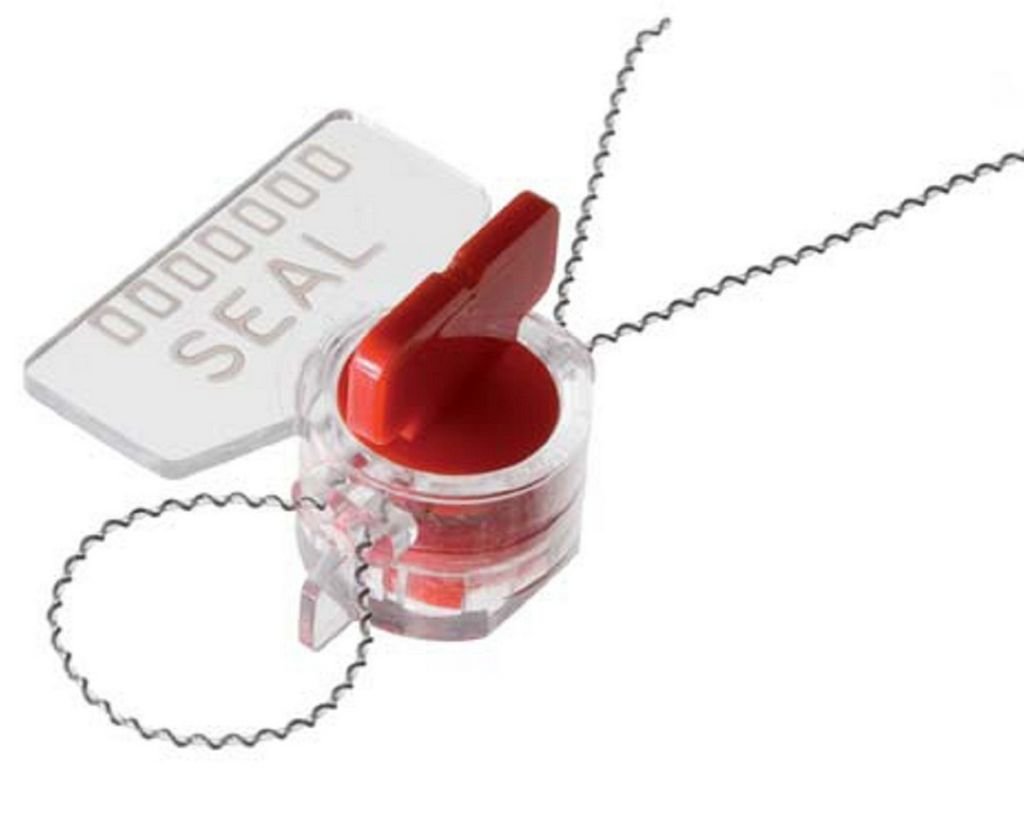
Who is sealing the counters?
It is impossible to seal water meters on your own, since when installing a seal, a sealing act is issued without fail, recognizing this seal as valid. Usually, the installation of seals is carried out by the services responsible for the water supply. However, other companies licensed for this type of activity can also seal water meters. Before installing the seal, the specialist must make sure that the device is installed correctly and its integrity is not violated, and draw up an act of putting the meter into operation.
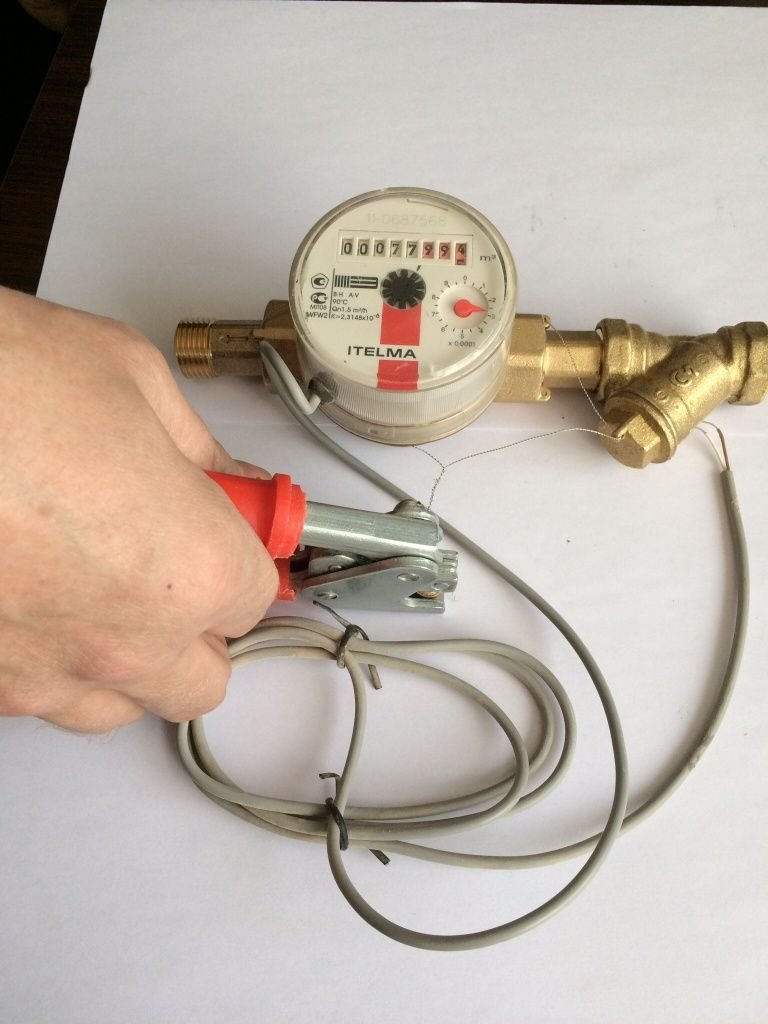
How is the meter sealed during the initial installation or replacement?
To begin with, the counters need to be installed. is not prohibited, but keep in mind that when an inspector comes to you for sealing, he will ask you to show the documents that were issued by the company that installs such equipment. If you installed the device correctly, you will not be denied sealing and registering the meter, but experienced owners advise you not to risk it.
Important! If you still decide to install water meters yourself, do not forget that, according to the Federal Law on the Uniformity of Measurements, when installing water meters, it is necessary to install special filters that will not allow the devices to become clogged and distort readings. Filters must be installed in accordance with all the rules and must not interfere with sealing.
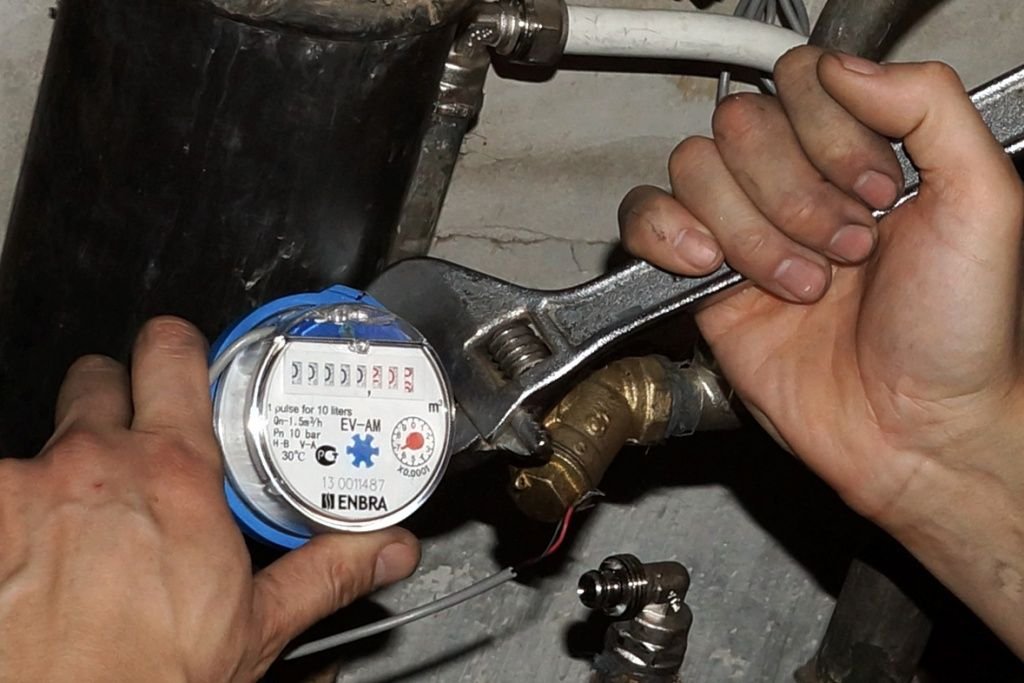
Application for sealing
After installing the water meters, it is necessary to submit a written application for sealing, which must indicate:
- applicant's data - full name, details of an identity document, telephone number;
- desired date of putting the device into operation;
- type and number of the device (when installing two meters at once - for cold and hot water - information about each device is indicated);
- terms of future verification (determined on the basis of the period between verifications, which is indicated by the manufacturer);
- act of installation;
- information about the company that performed the installation;
- primary meter readings at the time of installation.
A copy of the water meter passport must be attached to the application.
Note! The time of the calibration interval is not considered from the moment the water meter was installed, but from the date of the initial factory calibration.

Procedure for sealing and putting the device into operation
After submitting the application, a master should come to you, who, after checking the quality of the installation of water meters and the availability of the documents that were indicated in the application, seals the devices and draws up a sealing act. When installing two water meters - for cold and hot water - a seal is placed on each of them. This act must contain the data of the owner, the registration data of the device, the seal number and the scheme of the water intake unit.
Tip: when you decide to apply, do it about 4-5 days before the planned commissioning of the meter. If the representative of the service did not come by the specified time, you have the right to demand recalculation in accordance with the readings of the water meter, starting from that day.
Is sealing the meter paid?
Information regarding the payment for the sealing procedure is contradictory. Taking into account the law "On Water Supply and Sanitation", the service should be provided free of charge, except in cases where the previously installed seal or the device itself was damaged due to the fault of the user. However, in practice, the municipal service may require you to pay for the installation of the seal. In this case, you have a choice: pay the requested small amount or go to court.
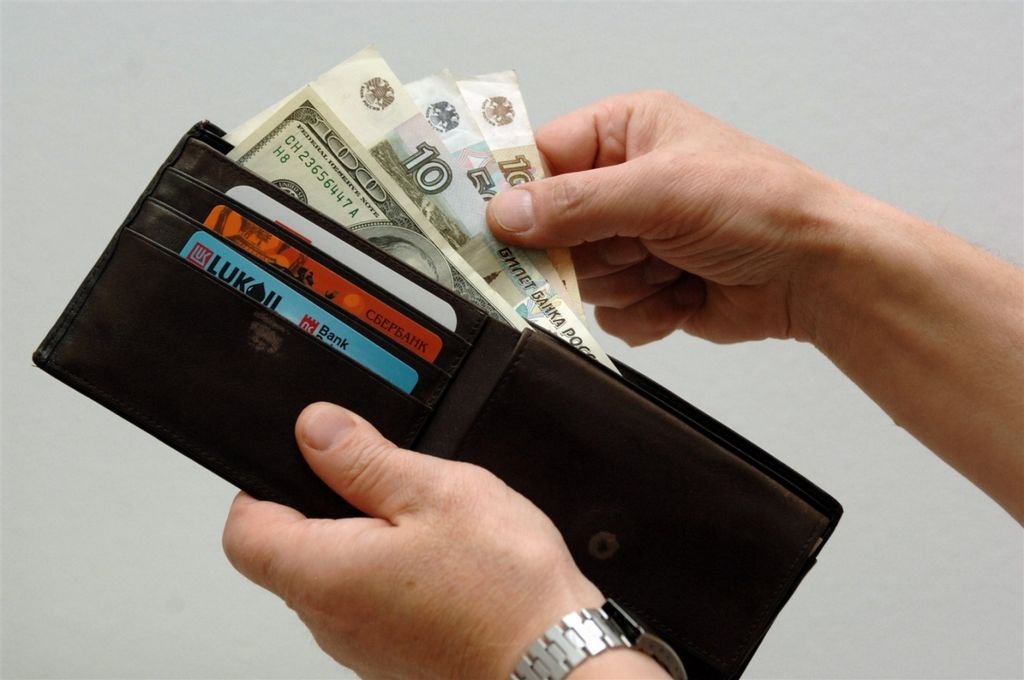
Tip: when visiting the inspector who is responsible for commissioning the device, find out if it is possible to conclude an agreement with the company for further free maintenance and sealing.
What is more profitable: verification or replacement?
What is the actual shelf life of water meters? The manufacturer indicates in the passport an expiration date equal to an average of 12 years. Why, then, do many people think that the shelf life of a hot water meter is 4 years, and cold - 6 years? In fact, these numbers indicate the standard time between meter verifications, during which their serviceability and the absence of errors in readings are determined. For a hot water appliance, this period is shorter, since it is exposed to more aggressive influences and may fail earlier.
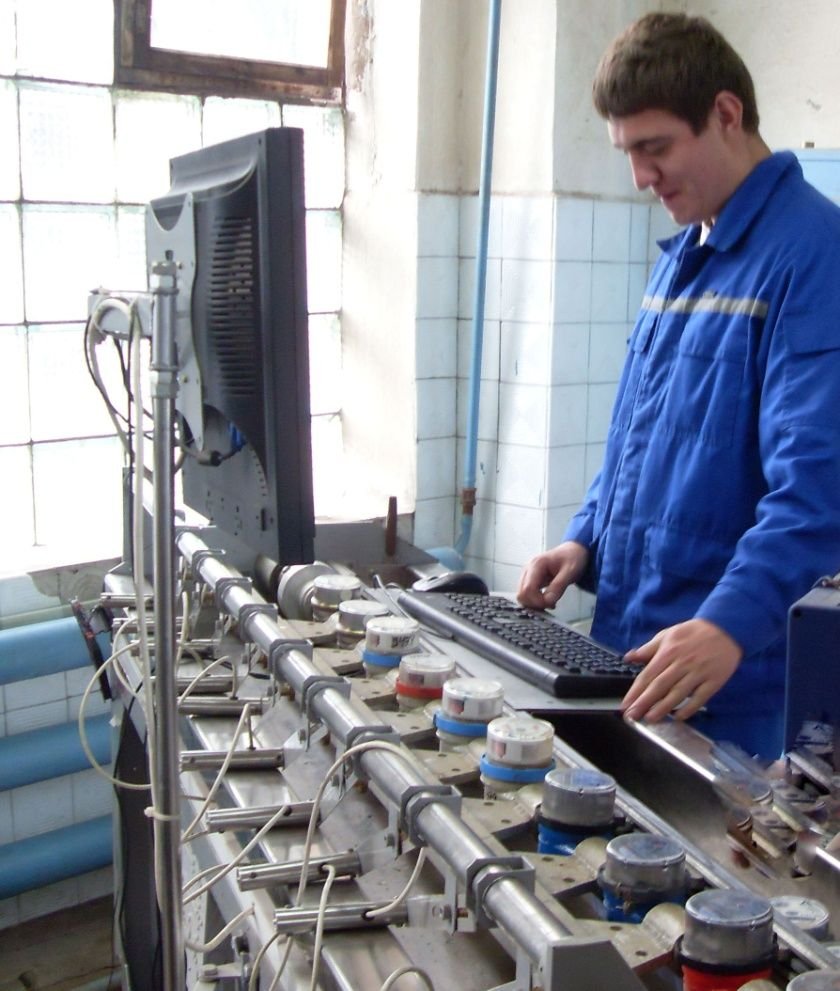
Users ignore the stated expiration dates and change water meters to new ones after 4–6 years, because meter verification is a paid service that is close in cost to the price of a new device. In addition, in order to send hot and cold water meters for verification, you will have to call the master to remove the seals and dismantle the meters, and then take the devices for verification yourself. Within 2-4 weeks, during the test of the operability of water meters, payment will be charged to you according to general standards. After passing the verification, you will again have to call the wizard to re-install the devices and seal. Thus, sometimes it is easier and cheaper to change the meters for new ones instead of putting them in check. Therefore, despite the stated expiration date, it is more profitable not to wait for the end of the real service life and install new devices.
What to do if you have good expensive water meters installed, you don’t want to change them, the verification deadlines have come up, but you have absolutely no desire to dive into these chores? There is a way out: in many cities there are services that carry out verification of meters without removal. The specialist will bring special metrological equipment directly to your home and check the degree of error of the instruments.
